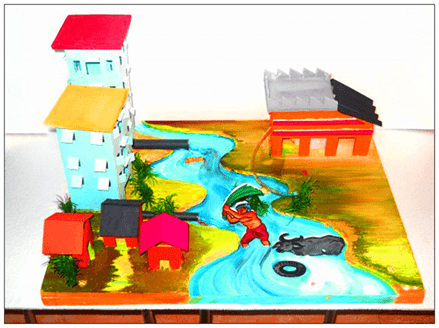
River water is the source of fresh water and is very important for a sustained life. We need fresh water for drinking, cooking, and washing. Not only human beings, animals as well as fishes, aquatic plants are depended on clean river water.
The water pollution occurs when pollutants are not removed from the water and discharged into the river. During the rainfall, pollutants that are accumulated such as agrochemicals, industrial waste, and household waste are washed into the river channels.
Materials Required
- 10 empty resealable bottles
- pH paper
- Marker pen
- Freshwater test kit
- Turbidity meter
How To Do
- First, locate 5 rivers that originate from an unpopulated hill and has its downstream passes through a town.
- Collect 5 samples of the river water upstream and label them as upstream.
- Now, collect 5 samples of river water downstream and label them as downstream.
- All these 10 bottles of water need to be tested for acidity and turbidity using the pH paper and turbidity meter respectively.
- Use the freshwater kit to test the water’s ammonia and nitrate content.
Observation
The acidity of the water sample that is collected at downstream is higher than that of water samples of upstream. The ammonia and nitrate content, as well as turbidity, is also higher in downstream water samples.
For more information on CBSE exams, syllabus and notifications, stay tuned with BYJU’S. At BYJU’S, CBSE students are also provided with the latest sample papers, question papers, worksheets and other exam materials to help them learn in a better way.
Comments